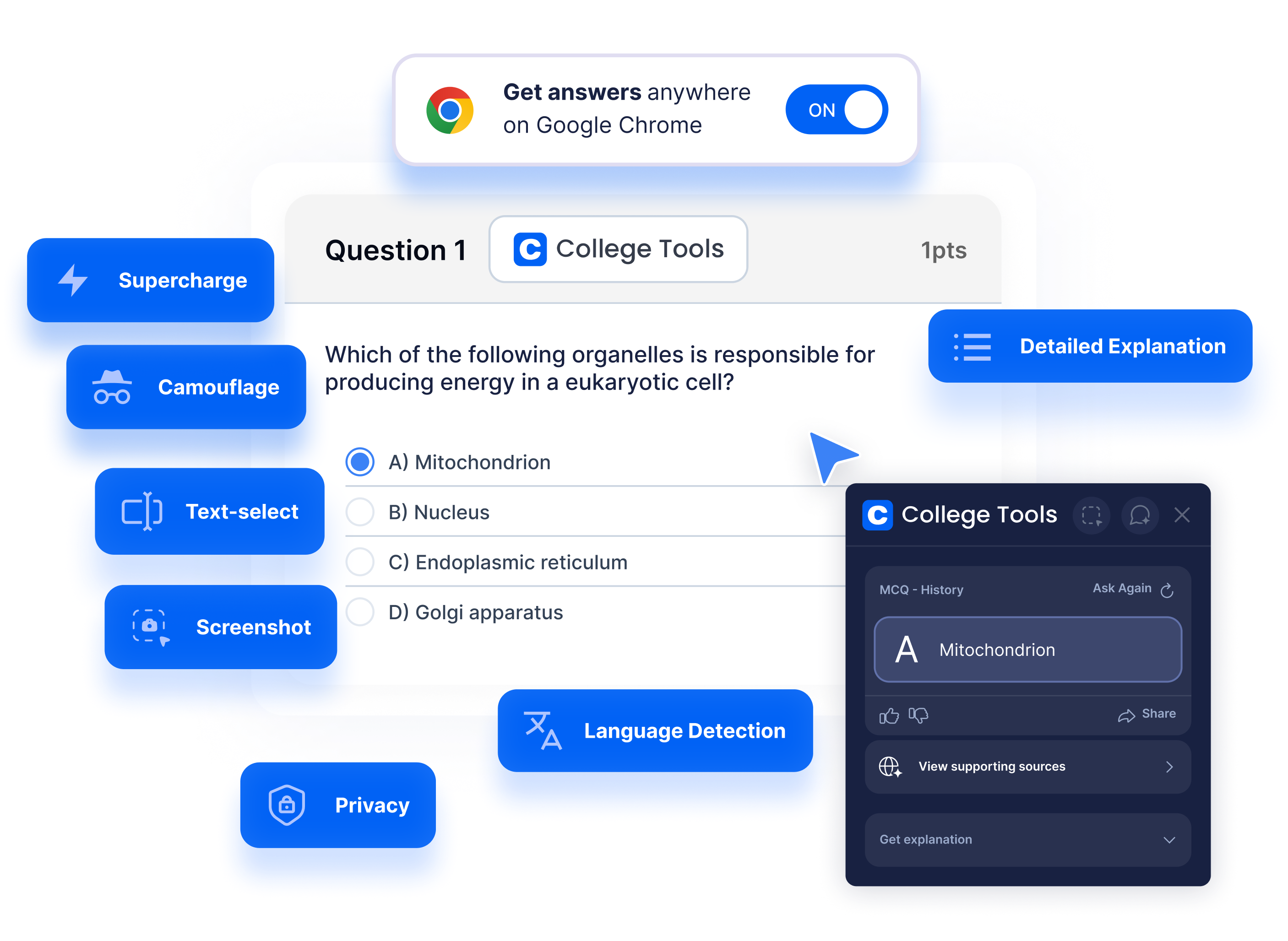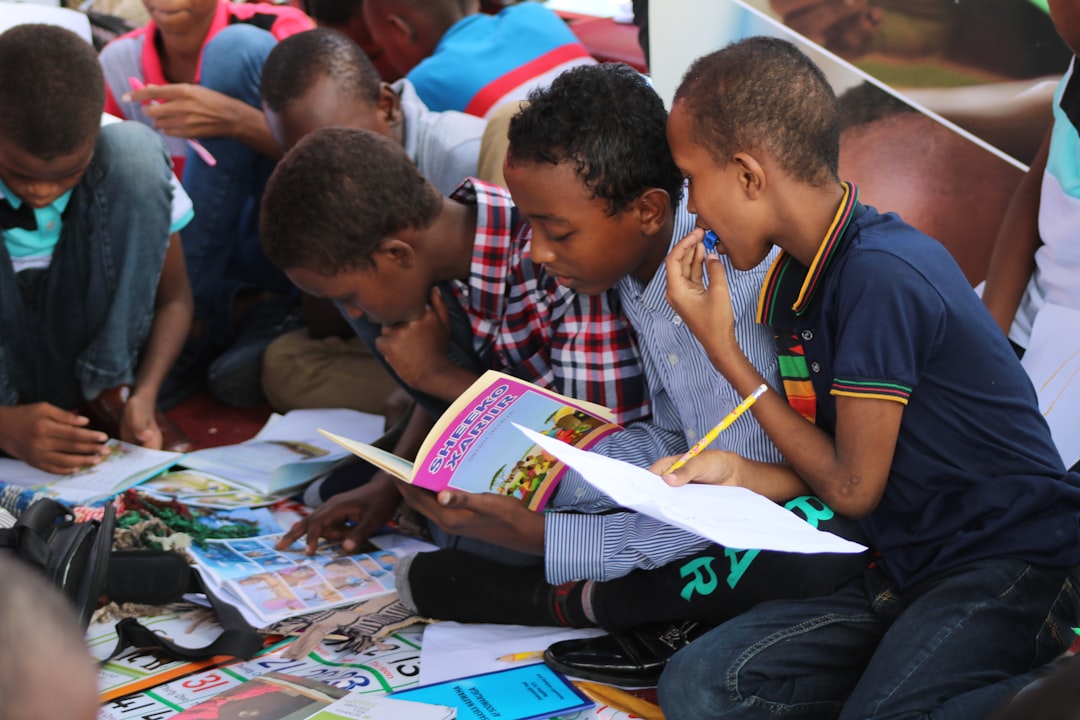With the steady rise of digital technologoies, the field of education has seen an unprecedented transformation. Today, it's not uncommon to see an elementary school student restlessly swiping on a tablet, engrossed in the vibrant world of an interactive learning app, or a university student toting around an arsenal of digital devices each loaded with a buffet of e-books, study guides, and online courses. Among the various disciplines, arts and humanities have been tapping into the wonders of technology to enhance learning and teaching processes. An interesting development in this respect has been the application of Artificial Intelligence (AI) in crafting more effective and engaging presentations.
AI and Presentations – A Match Made in Tech Heaven?
With prime focus on arts and humanities which traditionally relies heavily on presentations for sharing and discussing ideas, AI's role cannot be understated. So, how exactly is AI revolutionizing presentations in these academic fields? Let's delve deeper.
Crafting Engaging Slides
A major roadblock that students and teachers alike face when creating presentations is designing a visually appealing slide deck. AI comes to the rescue helping in devising stunning slides which are not only visually pleasing but also complement the content shared. This interesting feature can be seen in many presentation tools available currently. Using intuitive features backed by AI like smart design suggestions and automatic formatting, it's now easier than ever to create professional-looking slides even without any design skills.
Ensuring Content Relevance
One of the critical aspects of presentations, especially in arts and humanities, is relevance and depth of content. AI can actually assist you with that. It has the capability to analyze your content, understand the context, identify gaps in information, thus helping in suggesting ways to improve it based on a database of similar subject matter. This way, it ensures what you are presenting matches the depth and breadth expected in the arts and humanities discipline.
Interactive Presentations
Gone are the days when presentations were a one-way street. Interactive presentations are the new norm and AI plays a crucial role. It has the potential to transform a regular presentation into an interactive session, fostering better audience engagement. Features like live translations, automatic content summarization, and real-time questioning are redefining how presentations are conducted, making them more dynamic than ever.
AI and Tailored Learning
While it is clear how AI aids in presentation development and delivery, it also significantly contributes to the learning process in arts and humanities. AI can work behind the scenes, analyzing a learners study pattern, their strengths, weaknesses, and interests. It can then curate a tailor-made learning journey for individuals, catering to their specific needs. This detailed article explains more on how AI is personalizing learning in myriad ways.
A Bright Future
The melding of AI and presentations is still in its nascent stages, especially within the realms of arts and humanities. However, the potential for advancements looks promising. The coming years are likely going to witness a wide range of innovative tools and techniques that will further revolutionize presentations, elevating them from a monotonous succession of slides to a powerful and engaging communication tool, perfect especially for complex subjects involved in arts and humanities.
Skeptics, Back Off!
Despite the evident range of benefits, there are certain skeptics who are wary of the incursion of technology into the sacrosanct fields of arts and humanities, viewing it as an intrusion into a domain that should inherently resist mechanization. However, rather than looking at it as a threat, it would be more prudent to view it as an enabler that can assist in more effectively demonstrating and discussing complex ideas, theories, and arguments prevalent in these fields.
The focus should not be on the fear of AI replacing humans in crafting presentations but on how AI can augment a person's ability to communicate and engage better. Edutopia shares some insights on how technology, including AI, is being used to enhance arts education.
Conclusion
Learning in arts and humanities is all about exploration, discussion, and reflection. With powerful tools backed by AI, greater collaboration and learning can be achieved. If you're interested to learn more about how AI is being leveraged across various aspects of learning and teaching, you could explore these Features offered by College tools.









